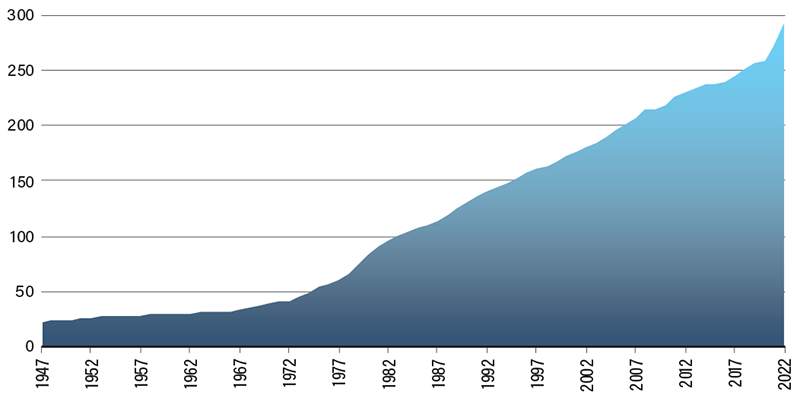Should We Accept Higher Inflation as Standard? No!

If you haven’t heard it yet, let us break the news: Some economists are encouraging the Federal Reserve to raise the target inflation rate to 3% or more, suggesting the central bank should accept a higher inflation rate and call it a day. The Fed currently targets 2%. Fortunately, the Fed has repeatedly dismissed this notion. Unfortunately, many of those who hold this belief are in positions of thought leadership.
With only a good calculator and a working knowledge of compounded growth rate, a high school graduate could easily tell you that a price tag of $100 will increase to nearly $800 in 70 years if annual inflation is 3%, compared with $400 at 2%. Why would people who are supposedly so mathematically advanced suggest such an idea?
Aside from the inability to apply their quantitative skills in the real world, which many economists tend to suffer from, there is a conventional wisdom that there’s a trade-off between low inflation and high output. That is, low inflation is correlated with low output. Former Fed Chairman Alan Greenspan, however, unconventionally holds a very different view—sustained output growth is maximized when inflation is zero. He once defined price stability as “a situation in which households and businesses, in making their saving and investment decisions, can safely ignore the possibility of sustained, generalized price increases or decreases.” Simply put, it means that price levels do not change in the long run. It should come as a surprise that this definition of “price stability” is viewed as unconventional given that the word stability implies being firmly fixed or unlikely to change, not increasing around a certain target rate—which may or may not be changed depending on other variables. Where is the stability in that?
Income hasn’t increased as fast as price levels, and the time we live to face price increases is much longer than the time we work to earn income. Inflation needs to be lower than the income growth rate for Americans to sustain their living standards in their lifetime. Unfortunately, continuous price increases are becoming a challenging reality that many people may wake up to a little too late.
Annual Consumer Price Index Level

Source: U.S. Bureau of Labor Statistics.
